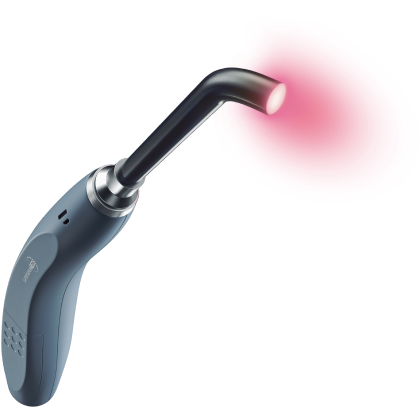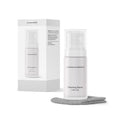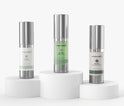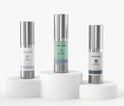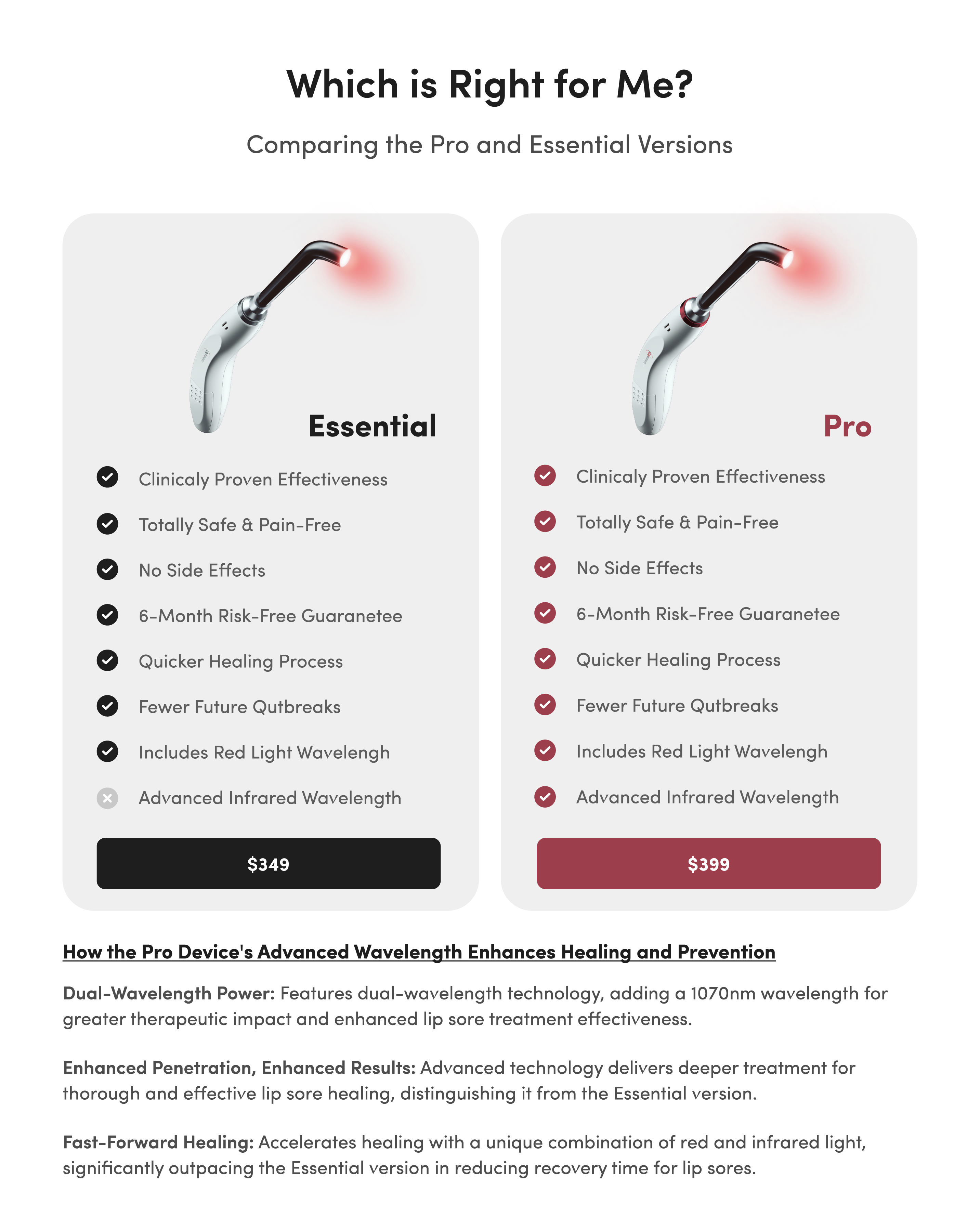Why Your Canker Sore (Probably) Isn’t a Yeast Infection

Medical conditions can be confusing. So many look the same and have similar symptoms. And so often, a quick Google search only causes even more confusion, or unnecessary alarm.
If you're having oral pain and you've done a bit of research, you may suspect you have a yeast infection in your mouth. But could it actually be a canker sore? Neither condition is very comfortable, and they can sometimes look similar.
When you're dealing with mouth pain, you want to get rid of it as quickly as possible. But it's important to make sure you know what you're dealing with before you begin medication or other treatments.
Let's take a closer look at both canker sores and yeast infections: their similarities, their differences, and what to do if you're just not sure.
What Is a Canker Sore?
Canker sores (also called aphthous ulcers) are common ulcers that occur on the gums, inside the cheeks or inside the lips. They may appear white, yellow or red, depending on the individual and the stage of healing of the ulcer. Canker sores are generally round or oval shaped.
Shortly before a canker sore appears, people sometimes experience soreness, tingling or burning in the spot where the ulcer is about to erupt.
Canker sores are not contagious. They are different from cold sores, which are caused by a virus and appear on the outside of the mouth.
What Causes Canker Sores?
Canker sores, unlike cold sores, are not caused by a virus. Instead, they have a variety of different causes, including,
- Food allergies or sensitivities.
- Hormonal changes.
- Stress.
- Nutritional deficiencies.
- Autoimmune conditions.
Treatment and Prevention of Canker Sores
Preventing canker sores can involve avoiding acidic and spicy foods, managing stress and avoiding injury to the sensitive tissues in the mouth.
Many home remedies and over-the-counter medications can treat canker sores.
- Cold liquids can numb canker sores for short periods of time.
- A saltwater mouth rinse minimizes bacteria that might try to infect the ulcer.
- Numbing medications like Orajel can temporarily relieve the pain and burning of canker sores.
- Red light therapy, like that used in the Luminance RED Mouth Sore Treatment Device, can speed up canker sore healing time and reduce the level of pain.

What Is a Yeast Infection?
A yeast infection in the mouth is also called oral thrush or candidiasis. The fungus that causes these yeast infections, Candida albicans, is always present in the mouth. When this yeast begins to grow out of control, it becomes an uncomfortable yeast infection.
Yeast infections cause raised white lesions inside the mouth, usually on the tongue or inner cheeks. Lesions can also form on the hard palate, gums or throat. Some people describe yeast infections as having a cottage cheese-like texture.
Yeast infections are usually very uncomfortable and make it difficult to eat without pain. Some people even lose their sense of taste. Bleeding from the lesions can also occur.
Causes of Yeast Infections
When your immune system is healthy, it's able to repel infections and keep your body's normal microorganisms in good balance. When something happens to disturb your immune system and reduce its ability to control microorganisms, a yeast infection can occur.
Babies and older adults are more likely to develop an oral yeast infection because their immune systems are not as robust. Women who are prone to vaginal yeast infections may also be more susceptible to oral thrush, which is caused by the same microorganism.
Adults with compromised immune systems are much more susceptible to oral yeast infections than other adults. Anything that suppresses the immune system, such as HIV/AIDS, cancer treatments or immunosuppressant drugs, can lead to an oral yeast infection. Uncontrolled diabetes, which leads to high saliva levels of the sugar that the yeast loves, can also lead to oral thrush.
Some medications can also make you more susceptible to yeast infections. Steroids, especially those breathed in through an inhaler, can encourage an overgrowth of yeast in the mouth. Antibiotics that cause an imbalance in your body's natural flora can lead to yeast infections as well.
Treatment and Prevention of Yeast Infections
Again, if you're a healthy adult with a normally functioning immune system, you probably don't have to worry about oral thrush. If you have a condition or use a medication that makes you susceptible, however, there are steps you can take to prevent a yeast infection.
Good oral hygiene, including flossing and brushing your teeth regularly, can help to prevent an oral yeast infection. Because yeast love sugar, limiting the amount of sugar you consume can help avoid an overgrowth of yeast in your mouth. If you have diabetes, be sure to maintain good control of your blood sugar levels for the same reason.
If you take a corticosteroid inhaler for asthma or COPD, remember to rinse your mouth out with water and brush your teeth after each use. For those who wear dentures, be sure to remove them at night and clean them daily.
If you suspect you have oral thrush, visit your doctor or dentist. They will be able to give you an accurate diagnosis and prescribe an antifungal medication. This could be a topical medication, such as a lozenge or a liquid that you swish and swallow. It could also be a more systemic treatment given through a pill or an IV.
Is There a Relationship Between Canker Sores and Yeast Infections?
Canker sores and yeast infections affect similar areas of the mouth, though oral thrush tends to be much more widespread in the mouth. One condition does not typically cause the other.
Theoretically, it's possible to have canker sores and a yeast infection at the same time. But canker sores and yeast infections are very different conditions and cause different types of mouth sores. They have several symptoms that differentiate them from one another.
For instance, even though canker sores can appear white, they don't have the cottage cheese-like texture of thrush. Also, canker sores are usually distinct from one another, each appearing as a separate circle or oval. Thrush lesions, on the other hand, don't have clear margins, and they run together all over a surface.
Canker Sore Infections
Canker sore infections are rare, and they aren't likely to be yeast infections.
Researchers have looked into a connection between the bacteria Helicobacter pylori (H. pylori) and canker sores. H. pylori causes stomach ulcers, and may also cause some people's canker sores.
What To Do If You're Still Unsure
If you're still not sure whether you're dealing with a canker sore or a yeast infection, contact your doctor or dentist. They can take a look in your mouth and make a diagnosis. If a visual exam isn't enough, they can send a swab of your mouth to a laboratory to pinpoint the condition.
If you determine that what you have are canker sores, and they recur frequently, take a look at this guide to dealing with recurrent canker sores (recurrent aphthous stomatitis).








